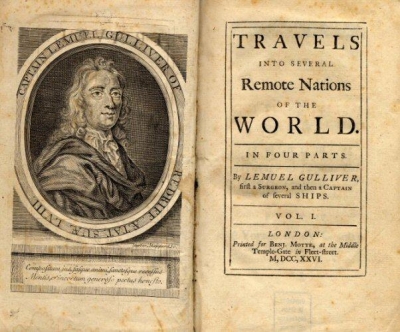
The first thing anybody would notice about this Martian moon is the large depression on the middle-western side of its face. An impact crater nearly nine kilometres wide, it covers nearly half the width of Phobos. This is Stickney, named in 1973 in honour of a mathematician, Angeline Stickney, for her contributions that led to the discovery of the Martian moons by her husband, Asaph Hall. The crater Stickney was first photographed by National Aeronautics and Space Administration’s (NASA) Mariner 9 spacecraft. Phobos has many more, smaller craters, and a few of them have been named either after astronomers, or characters in Johnathan Swift’s book Gulliver’s Travels!
The second thing about Phobos’ appearance is the large number of cuts and grooves on its surface. Some of them seem to spread out from Stickney. Scientists say they may have been created by material that was thrown out of the crater (called ejecta), when a space rock hit Phobos. Heavier ejecta may have rolled down the sides of the moon creating these grooves.
The third is the regolith making up Phobos’ surface. It literally flows around as this moon orbits Mars! What we know today about Phobos’ mysterious surface largely comes from the photographs taken during various missions to Mars. But this Martian moon definitely hides many more secrets beneath its surface. Hopefully at least some of them will be revealed to us when the Japanese MMX spacecraft reaches Phobos!
Picture Credit : Google




